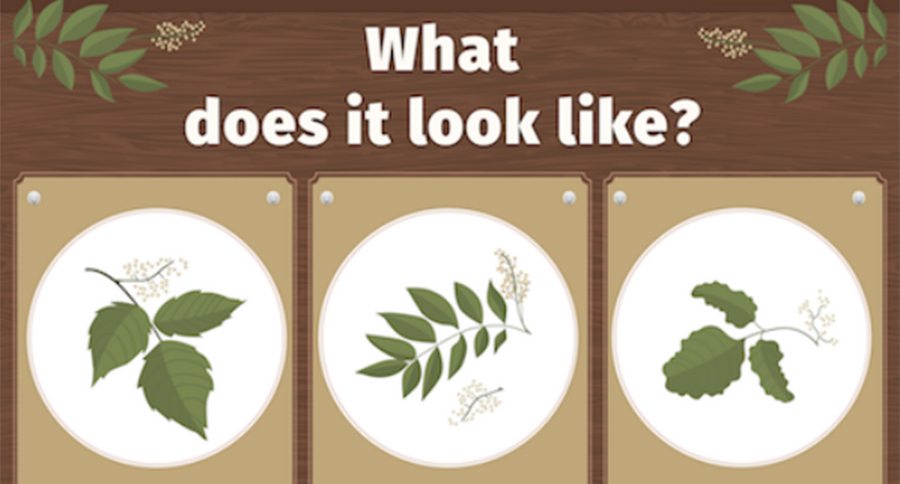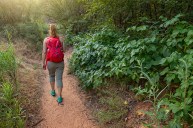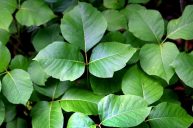This infographic will easily help you identify and treat the rash that comes from contact with poison ivy and other common toxic plants. An ounce of prevention...
Many of us have had the unfortunate experience of coming into contact with poison ivy or its toxic cousins, poison oak and poison sumac. After contact, we developed the itchy, irritating rash and it made our lives fairly miserable for a couple of weeks.
This can be especially frustrating given that it occurs during the height of the summer season, when being outdoors is where the fun is. Well, it's no fun having a poison ivy rash. I know, I contracted it last year and it was a definite bummer.
I'm not alone. Over 85 percent of the world's population develops an allergic reaction to these plants.
Gene Caballero created this infographic in the hope that it might help folks easily identify and avoid these plants and, if they should be unfortunate enough to become one of the 50 million Americans who are afflicted by them every year, offer some sound advice on how to effectively treat the rash.
Gene says:
"Redness, itching, and blistering are all side effects of the allergic reaction that can be caused by coming into contact with these plants and not taking the proper actions to rid oneself of the infection.
Next time you are curious about a mysterious green on your property or an awkward looking plant on your stroll through the woods, keep these helpful hints in this infographic in mind before grabbing what could be an itchy mistake."

Remember "an ounce of prevention" is always the best cure, but even if you do come into contact with poison ivy and develop an allergic reaction, it doesn't have to ruin your summer.
Quick treatment, including some unconventional home remedies, can really help alleviate the itching and swelling.
Now get out there and have fun. Just keep your eyes open for those sneaky, toxic plants.
Like what you see here? You can read more great articles by David Smith at his facebook page, Stumpjack Outdoors.
NEXT: How Much Money Can You Save by Making Your Own Anti-Tick Tubes?




